Rio 2016: Swimmers need to ingest only three teaspoons of water to be almost certain of contracting a virus
A report commisioned by the Associated Press has revealed that water in Rio's Olympic and Paralympic venues holds viral levels 1.7m times what would be considered alarming in the United States and Europe just five days before the Games get underway

Your support helps us to tell the story
From reproductive rights to climate change to Big Tech, The Independent is on the ground when the story is developing. Whether it's investigating the financials of Elon Musk's pro-Trump PAC or producing our latest documentary, 'The A Word', which shines a light on the American women fighting for reproductive rights, we know how important it is to parse out the facts from the messaging.
At such a critical moment in US history, we need reporters on the ground. Your donation allows us to keep sending journalists to speak to both sides of the story.
The Independent is trusted by Americans across the entire political spectrum. And unlike many other quality news outlets, we choose not to lock Americans out of our reporting and analysis with paywalls. We believe quality journalism should be available to everyone, paid for by those who can afford it.
Your support makes all the difference.Just days ahead of the Olympic Games the waterways of Rio de Janeiro are as filthy as ever, contaminated with raw human sewage teeming with dangerous viruses and bacteria, according to a 16-month-long study commissioned by the Associated Press.
Not only are some 1,400 athletes at risk of getting violently ill in water competitions, but the AP's tests indicate that tourists also face potentially serious health risks on the golden beaches of Ipanema and Copacabana.
The AP's survey of the aquatic Olympic and Paralympic venues has revealed consistent and dangerously high levels of viruses from the pollution – a major black eye on Rio's Olympic project that has set off alarm bells among sailors, rowers and open-water swimmers.
The first results of the study published over a year ago showed viral levels at up to 1.7 million times what would be considered worrisome in the United States or Europe. At those concentrations, swimmers and athletes who ingest just three teaspoons of water are almost certain to be infected with viruses that can cause stomach and respiratory illnesses and, more rarely, heart and brain inflammation – although whether they actually fall ill depends on a series of factors including the strength of the individual's immune system.
Since the AP released the initial results last July, athletes have been taking elaborate precautions to prevent illnesses that could potentially knock them out of the competition, including preventatively taking antibiotics, bleaching oars and donning plastic suits and gloves in a bid to limit contact with the water.
But antibiotics combat bacterial infections, not viruses. And the AP investigation found that infectious adenovirus readings – tested with cell cultures and verified with molecular biology protocols – turned up at nearly 90 per cent of the test sites over 16 months of testing.
"That's a very, very, very high percentage," said Dr Valerie Harwood, chair of the Department of Integrative Biology at the University of South Florida. "Seeing that level of human pathogenic virus is pretty much unheard of in surface waters in the US. You would never, ever see these levels because we treat our waste water. You just would not see this."
While athletes take precautions, what about the 300,000-500,000 foreigners expected to descend on Rio for the Olympics? Testing at several of the city's world-famous beaches has shown that in addition to persistently high viral loads, the beaches often have levels of bacterial markers for sewage pollution that would be cause for concern abroad – and sometimes even exceed Rio state's lax water safety standards.
In light of the AP's findings, Harwood had one piece of advice for travellers to Rio: "Don't put your head under water."
Swimmers who cannot heed that advice stand to ingest water through their mouth and nose and therefore risk "getting violently ill".
Danger is lurking even in the sand. Samples from the beaches at Copacabana and Ipanema revealed high levels of viruses, which recent studies have suggested can pose a health risk – particularly to babies and small children.
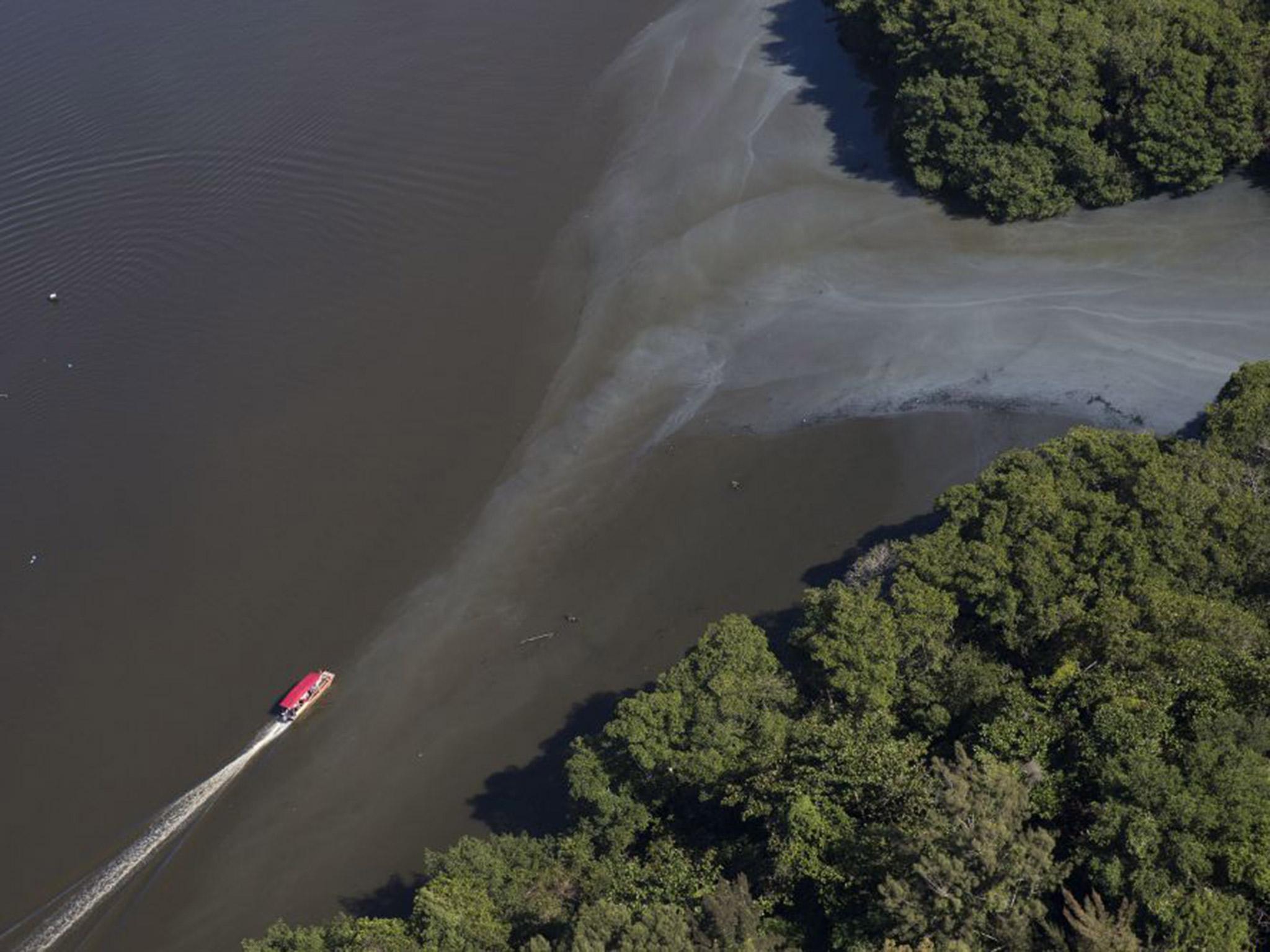
"Both of them have pretty high levels of infectious adenovirus," said Harwood, adding that the virus could be particularly hazardous to babies and toddlers who play in the sand.
"You know how quickly an infant can get dehydrated and have to go to the hospital," she added. "That's the scariest point to me."
Dr Fernando Spilki, the virologist and coordinator of the molecular microbiology laboratory at Feevale University in southern Brazil whom AP commissioned to conduct the water tests, says the survey revealed no appreciable improvement in Rio's blighted waters – despite clean-up promises stretching back decades.
"Unfortunately, what we've seen throughout all this time is that there is a variation in the levels of contamination, but it fluctuates much more as a result of climactic conditions than due to any measures that may have been taken to try to remove this contamination," said Spilki, one of Brazil's most respected virologists.
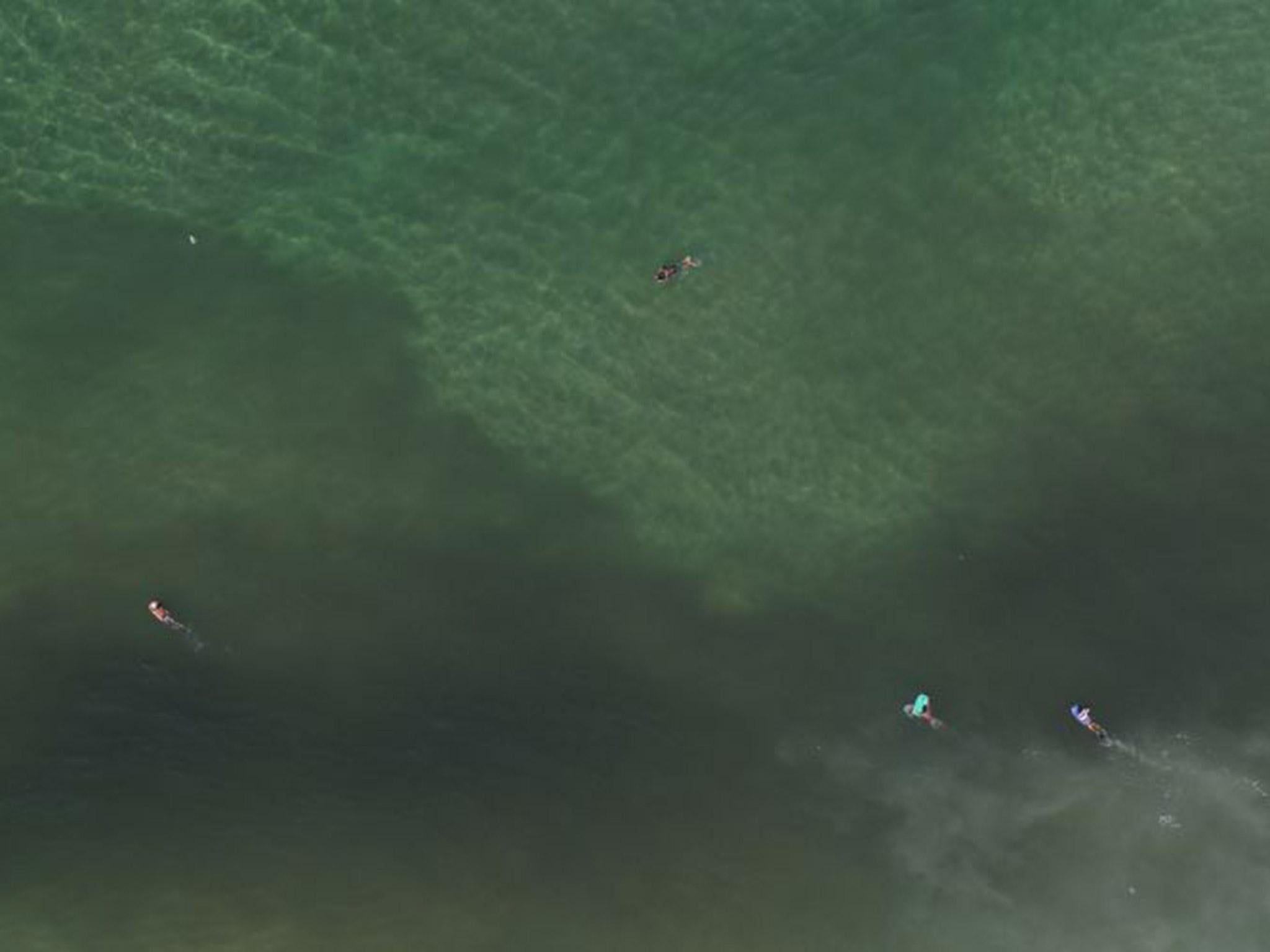
The most contaminated points are the Rodrigo de Freitas Lagoon, where Olympic rowing will take place, and the Gloria Marina, the starting point for the sailing races. In March, 2015, sampling at the Lagoon revealed an astounding 1.73 billion adenoviruses per litre; this June, adenovirus readings were lower but still hair-raising at 248 million adenoviruses per litre. By comparison, in California, viral readings in the thousands per litre are enough to set off alarm bells.
Despite a project aimed at preventing raw sewage from flowing directly into the Gloria Marina through storm drains, the waters remain just as contaminated. The first sampling there, in March, 2015, showed over 26 million adenoviruses per litre; this June, over 37 million adenoviruses per litre were detected.
While local authorities including Rio Mayor Eduardo Paes have acknowledged the failure of the city's water clean-up efforts, calling it a "lost chance" and a "shame", Olympic officials continue to insist Rio's waterways will be safe for athletes and visitors. The local organising committee did not respond to multiple requests for comment, though it has previously said bacterial testing conducted by Rio state authorities has shown the aquatic venues to be within state guidelines.
If it's dirty, the public should know it. I came 2,000 kilometres to be on a beach
The crux of the issue lies in the different types of testing used to determine the health and safety of recreational waters.
Bacterial tests measure levels of coliforms – different types of bacteria that tend not to cause illnesses themselves but are indicators of the presence of other, potentially harmful sewage-borne pathogens such as other bacteria, viruses and protozoa that can cause cholera, dysentery, hepatitis A and typhoid, among other diseases. Bacterial tests are the worldwide standard because they're cheap and easy.
But there's a growing consensus that they're not ideal for all climates, as bacteria break down quickly in tropical weather and salty marine waters. In contrast, viruses have been shown to survive for weeks, months or even years – meaning that in tropical Rio low bacterial markers can be completely out of step with high virus levels.
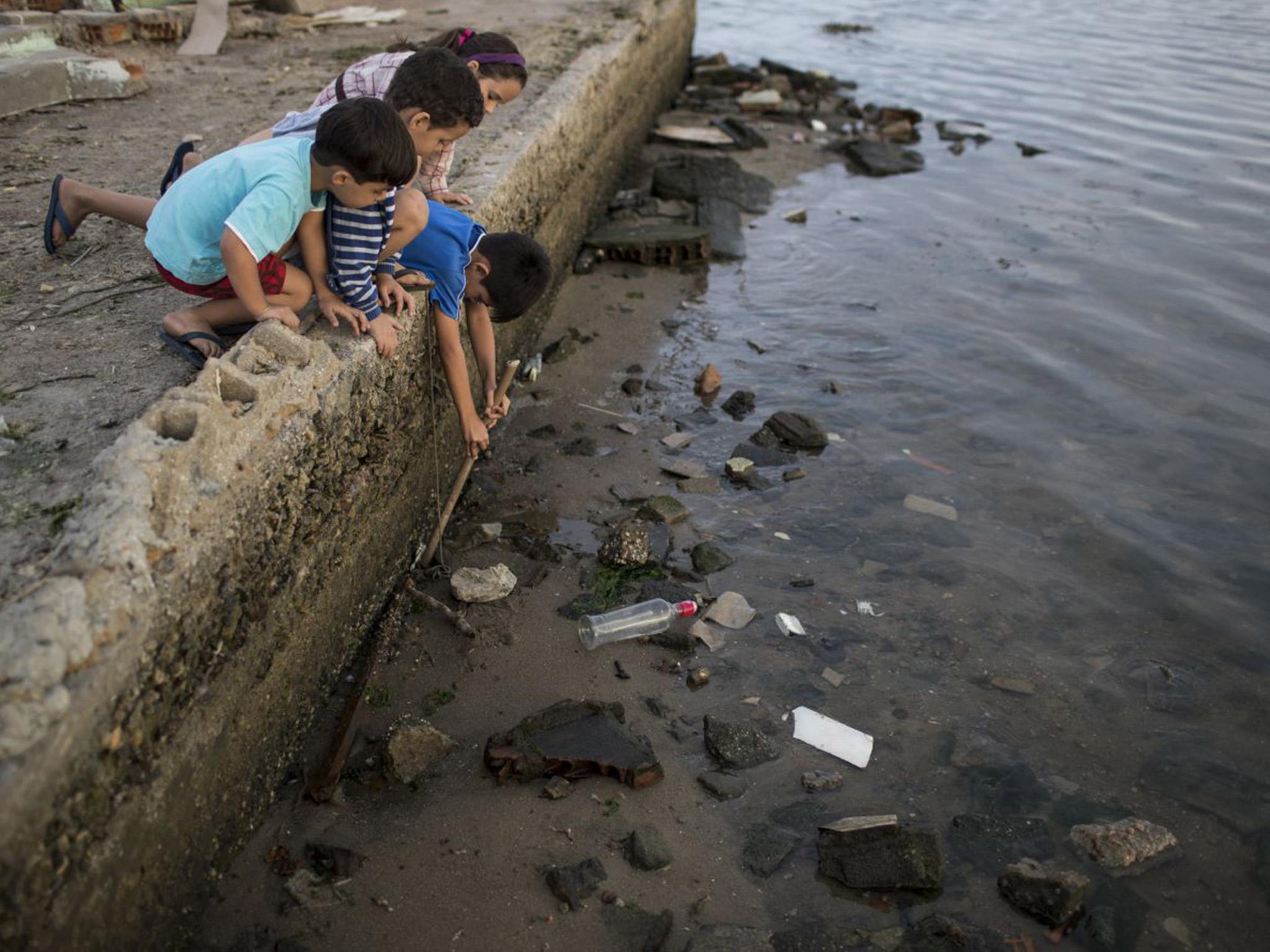
That disparity was borne out in the AP's testing. For instance, in June, 2016, the levels of fecal coliforms in water samples from Copacabana and Ipanema beaches were extremely low, with just 31 and 85 fecal coliforms per 100 millilitres, respectively. But still, both had alarming readings for rotavirus, the main cause of gastroenteritis globally, with 7.22 million rotaviruses per litre detected in the waters of Copacabana, while 32.7 million rotaviruses per litre were found in the waters of Ipanema Beach.
The testing also revealed alarming spikes in fecal coliform levels – the very measure the state government uses to determine the safety of Rio's recreational waters.
"If these were the reported values in the United States, let's say in California, there is definitely an indication of a problem," said Dr Kristina Mena, a waterborne virus expert at The University of Texas Health Science Centre at Houston.
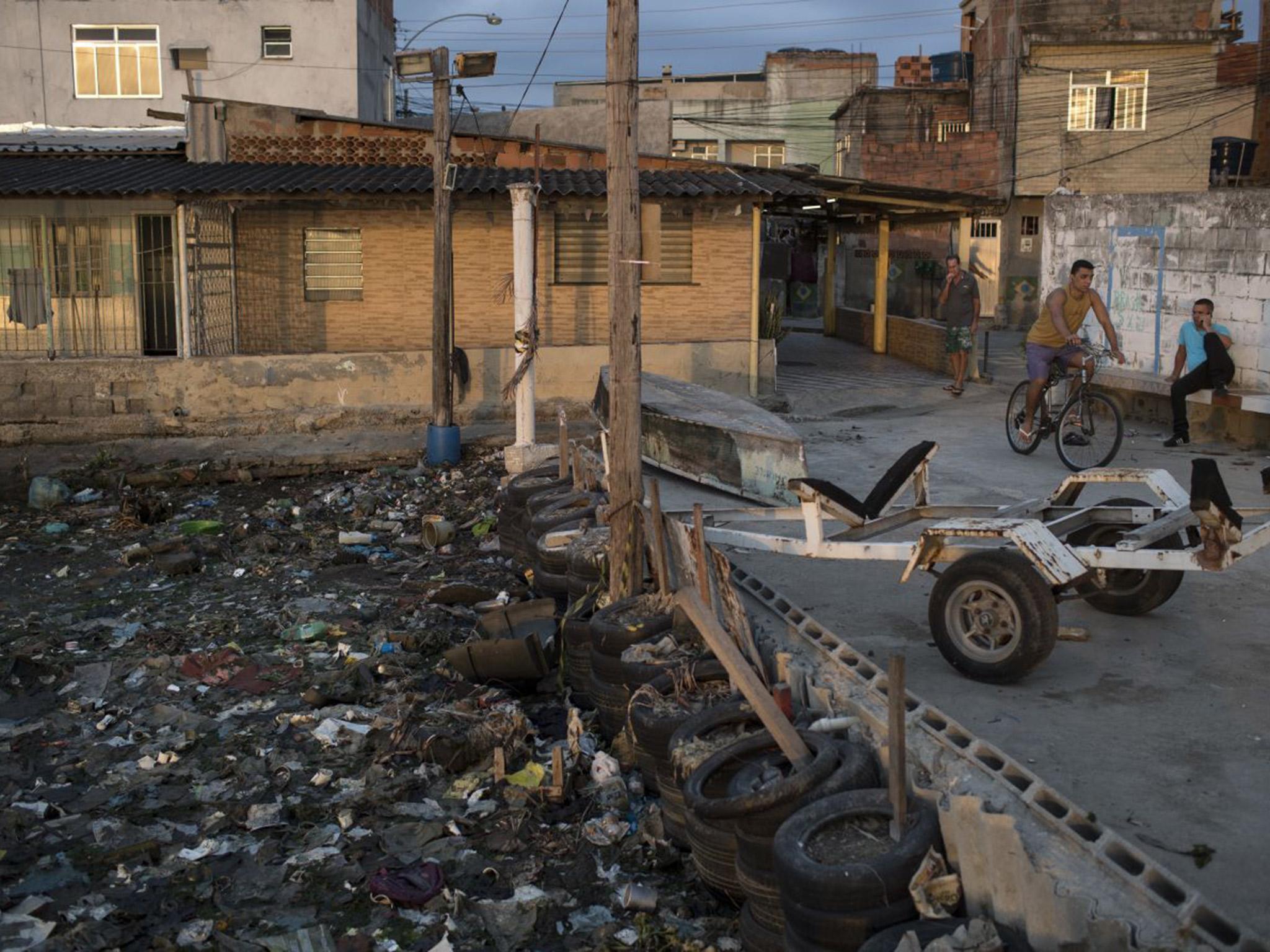
According to California's bacterial tests standards, 400 fecal coliforms per 100 millilitres is the upper limit for a beach to be considered safe for swimming. AP's tests revealed that Copacabana Beach, where the marathon and triathlon swimming are to be held and thousands of tourists are likely to take a dip, exceeded California's limit five times over 13 months of testing.
Nearby Ipanema Beach, which is not playing host to any Olympic sports but is among the city's most popular tourist spots, exceeded California standards five times over 12 months, once spiking to nearly 50 times what would be permitted in California. One of two testing spots along the beach in the Olympic hub neighbourhood of Barra da Tijuca once hit more than 60 times that limit over the five months testing was conducted there.
"If we had exceedances that consistently were in the thousands like I'm seeing here, there would be a high likelihood that that beach would be put on our list of impaired water bodies," said Rik Rasmussen, manager of surface water quality standards at California's State Water Board. That would lead to water quality warnings posted on the beach, possible beach closure, and the development of a programme to root out the source of the contamination, he said.
The beaches even violate Rio state's own standards, which are much less stringent than those in California, many other US states and in beach-loving countries such as Australia and New Zealand. In Rio, beaches are considered unfit if bacterial tests turn up more than 2,500 fecal coliforms per 100 millilitres – more than six times higher than the upper limit in California. But Copacabana and Ipanema even violated those much higher limits on three separate occasions. The state environmental agency, INEA, did not respond to repeated requests for comment.
Rasmussen acknowledged that the higher thresholds might make sense in Rio, where sewage pollution has been a perennial problem, meaning that locals are regularly exposed to the pathogens lurking in raw waste from an early age and therefore build up immunities. But visitors are unlikely to have such immunities, putting them at risk for illnesses.
After the AP's initial report on the findings of the study in July of last year, the Olympics' adviser on health matters, the World Health Organisation, said it would carry out its own viral testing in Rio's Olympic waterways. The agency later flip-flopped, finally concluding that bacterial tests alone would suffice.
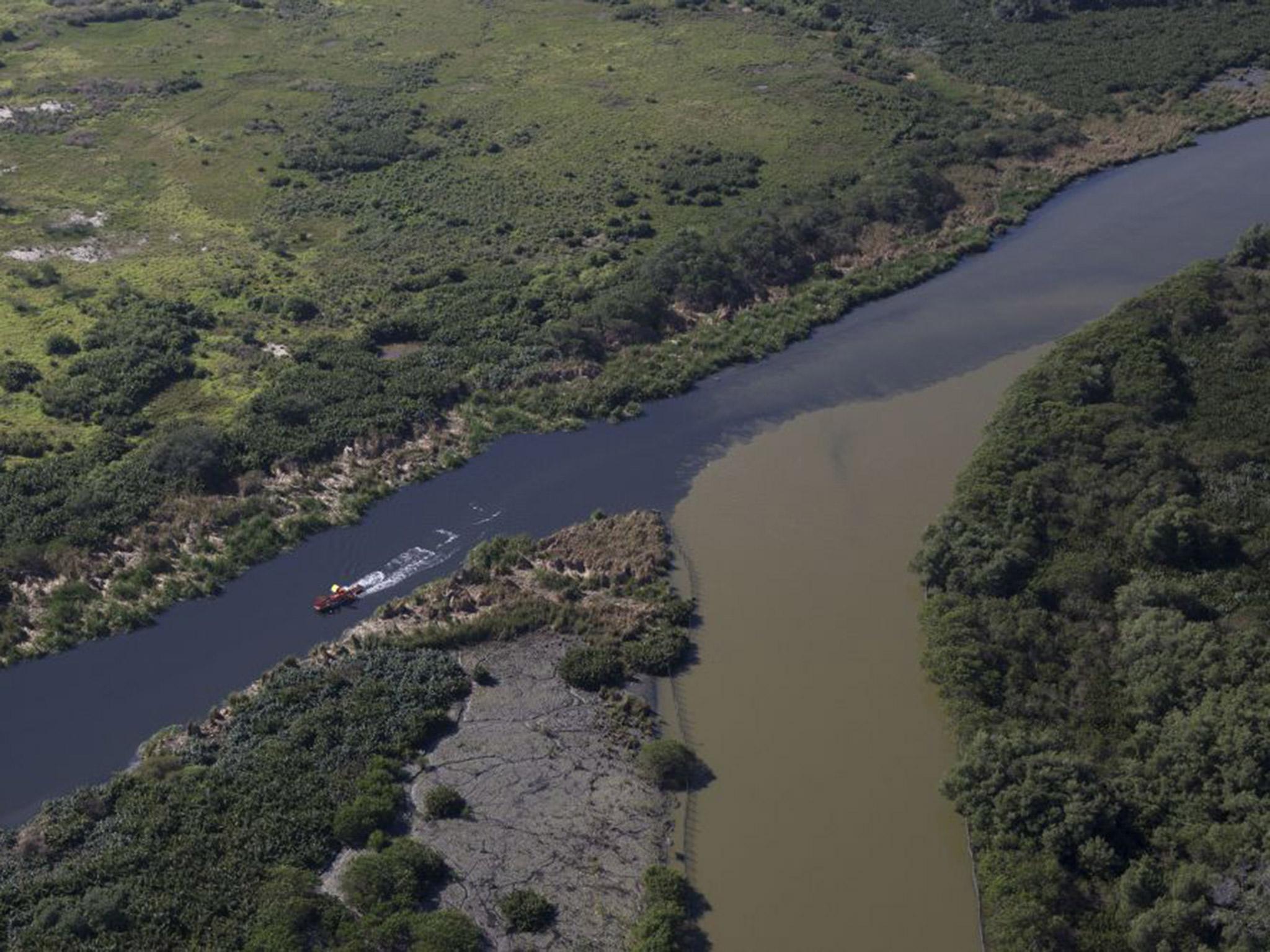
Athletes who have trained years for a chance at Olympic glory have resigned themselves to competing in the filth.
"There's been a lot of talk about how dirty the water is and all the viruses," said Finnish team sailor Noora Ruskola. "I'm mentally prepared for this. Some days the water is totally OK, and some days there are bad days."
However, tourists are unlikely to realise the dangers: water quality warning signs used to dot showcase beaches, but they're no longer there. Now, a brief item on the weather page of the local paper lists which beaches the state environmental agency has deemed safe for swimming.
Most beach-going visitors are likely in the same situation as Raul Onetto, a 52-year-old bank executive from Uruguay recently soaking up the sun on Copacabana Beach.
The Guanabara Bay has been transformed into latrine ... and unfortunately Rio de Janeiro missed the opportunity, maybe the last big opportunity
When asked whether he knew that the bacterial levels sometimes exceeded the norms in other countries and could indicate problems, he expressed disbelief.
"The water looks beautiful. I didn't know it was dirty," said Onetto. "If it's dirty, the public should know it. I came 2,000km to be on a beach."
In Rio, the main tourist gateway to the country, a centuries-long sewage problem that was part of Brazil's colonial legacy has spiked in recent decades in tandem with the rural exodus that saw the metropolitan area nearly double in size since 1970.
Even in the city's wealthy areas, sewage treatment has lagged dramatically behind, with so-called "black tongues" of fetid, sewage-filled water common even on the tony Ipanema and Leblon beaches. The lagoons in the fast-growing Barra da Tijuca region have been filled with so much sewage dumped by nearby glass-and-steel residential towers that vast islands of sludge emerge from the filthy waters during low tide. That lagoon system, which hugs the Olympic Park and Athletes' Village, regularly sees massive pollution-related fish die-offs and emits an eye-watering sulphuric stench.
Promises to clean up Rio's waterways stretch back decades, with a succession of governors setting firm dates for a clean-up and repeatedly pushing them back. In the city's 2009 Olympic bid document, authorities pledged the games would "regenerate Rio's magnificent waterways". A promised billion-dollar investment in clean-up programmes was meant to be among the games' most important legacies.
Once more, the lofty promises have ended in failure.
Just over a month before the games, biologist Mario Moscatelli spent more than two hours flying over Rio in a helicopter, as he's done on a monthly basis for the past 20 years.
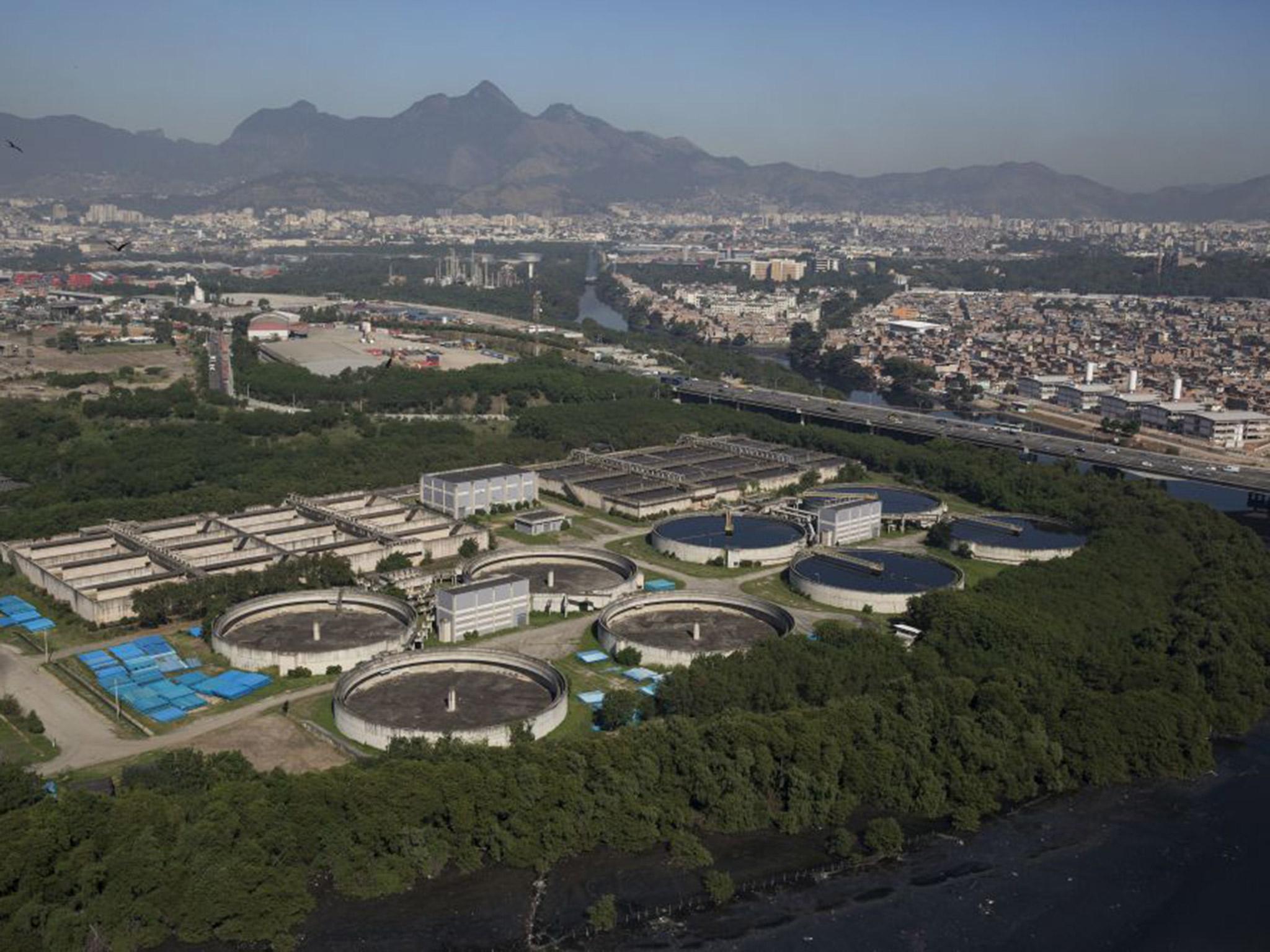
Viewed from above, Rio's sewage problem is as starkly visible as on the spreadsheets of the AP analysis. Rivers are tar-black; the lagoons near the Olympic Park bloom with fluorescent green algae that thrives amid sewage; fishermen's wooden boats sink into thick sludge in the Guanabara Bay; surfers paddle amid a giant brown stain that contrasts with the azure of the surrounding waters.
"It's been decades and I see no improvement," laments Moscatelli, an activist who's the most visible face of the fight to clean up Rio's waterways. "The Guanabara Bay has been transformed into latrine ... and unfortunately Rio de Janeiro missed the opportunity, maybe the last big opportunity" to clean it up.
Associated Press writers Peter Prengaman, Stephen Wade and Diarlei Rodrigues contributed to this report.
Join our commenting forum
Join thought-provoking conversations, follow other Independent readers and see their replies
Comments